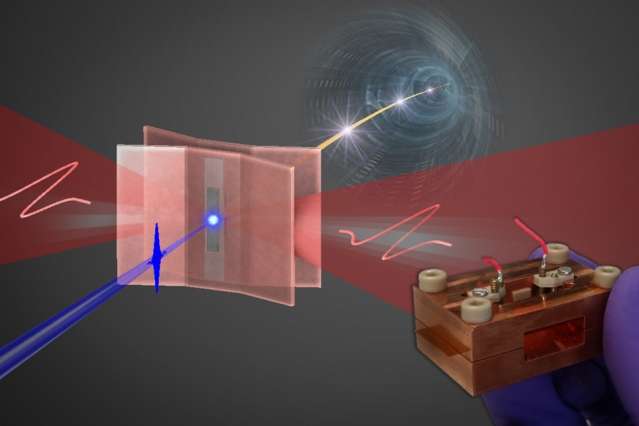BOSTON : Scientists have developed a new technique for generating electron bursts, which could pave way for shoebox-sized X-ray imaging devices that consume very little power.
Ultrashort bursts of electrons have several important applications in scientific imaging, but producing them has typically required a costly, power-hungry apparatus about the size of a car.
Ultrashort electron beams are used to directly gather information about materials that are undergoing chemical reactions or changes of physical state. They are also used to produce ultrashort X-rays.
The new technique developed by researchers at Massachusetts Institute of Technology (MIT) in the US, the German Synchrotron, and the University of Hamburg in Germany could bring the imaging power of ultrashort X-ray pulses to academic and industry labs.
While the electron bursts have a duration measured in hundreds of femtoseconds, the new approach has the potential to lower their duration to a single femtosecond.
An electron burst of a single femtosecond could generate attosecond X-ray pulses, which would enable real-time imaging of cellular machinery in action.
“We’re building a tool for the chemists, physicists, and biologists who use X-ray light sources or the electron beams directly to do their research,” said Ronny Huang, a PhD student at MIT.
“Because these electron beams are so short, they allow you to kind of freeze the motion of electrons inside molecules as the molecules are undergoing a chemical reaction,” Huang said.
At the centre of one of the plates is a quartz slide on which is deposited a film of copper that, at its thinnest, is only 30 nanometres thick.
The study was published in the journal Optica. (AGENCIES)
Trending Now
E-Paper


